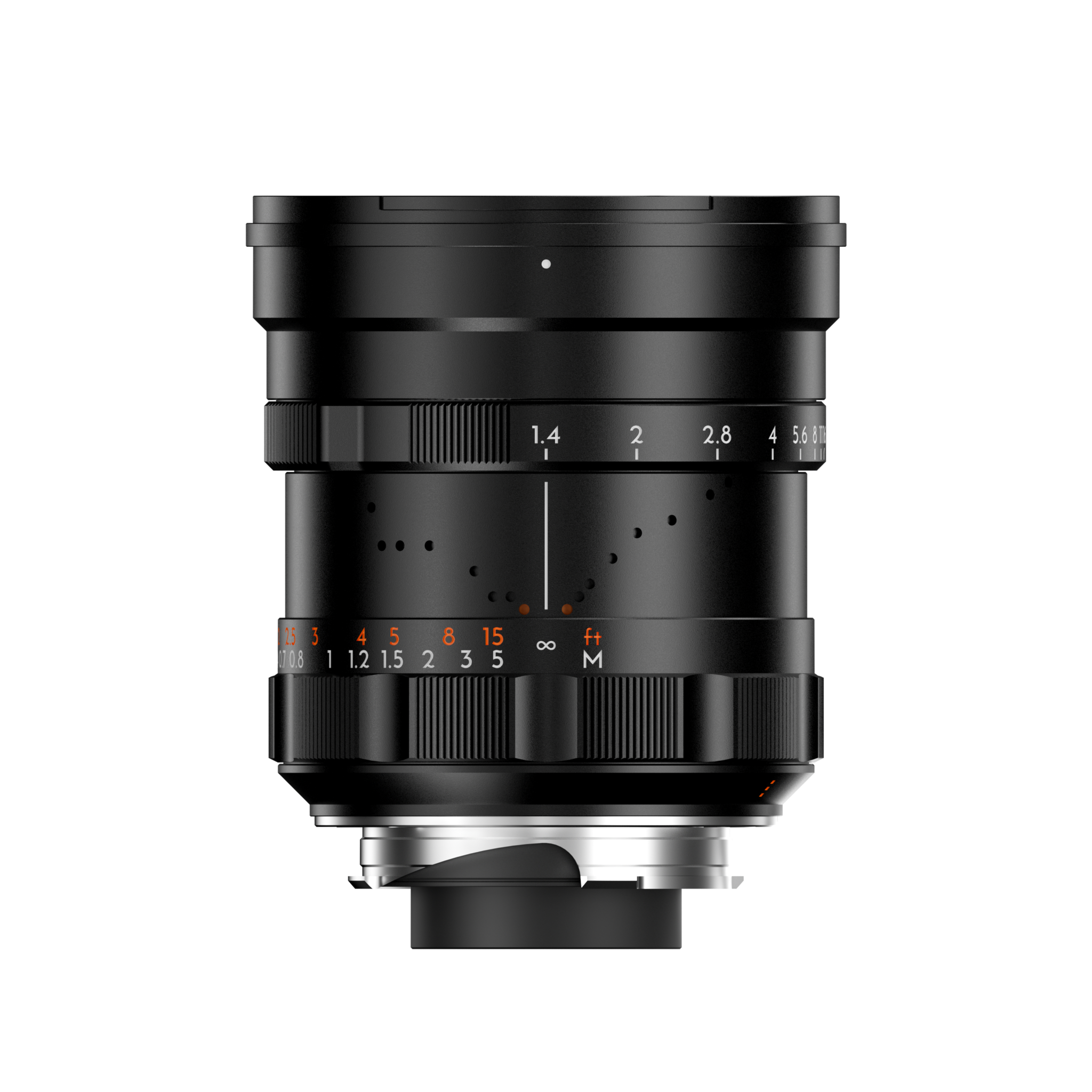Simera 21mm f/1.4 Full frame M Mount Manual Lens
Regular price
$899.00 USD
Sale price
$899.00 USD
Regular price
$999.00 USD
Unit price
per
- 21mm Ultra-Wide & f/1.4 Aperture
- 0.23m Minimum Focus
- 14-Blade Aperture
- Full-metal body (428g)
- 13 elements in 11 groups (3 ED, 2 aspherical, 3 high-refractive index lenses)
Captures wide scenes, offers great bokeh and low-light performance; ideal for landscapes, astrophotography, architecture and cinematic street shots. Native Leica M mount, adaptable to Sony/Canon/Fujifilm/Nikon mirrorless via adapter; perfect for manual focus and rangefinder users.
Couldn't load pickup availability
Shipping cost and timeliness.
Shipping cost and timeliness.
We expect to ship within 7 days, with the exact delivery time varying depending on your location.
Shipping cost and timeliness.
For international orders, customers may be required to pay tariffs and import taxes as dictated by the destination country's customs regulations.
These charges are determined by the customs authorities of the destination country and are not included in our product prices or shipping costs.
- Secure Payments
- Quality Guarantee
- Free Shiping -- One Week Shipping
- 12 Month Warranty

Simera 21mm f/1.4 Full frame M Mount Manual Lens
Regular price
$899.00 USD
Sale price
$899.00 USD
Regular price
$999.00 USD
Unit price
per
































